What is Somatic Experiencing?
Somatic Experiencing is a body-based approach to therapy designed to treat anxiety, chronic stress, and post-traumatic disorders. It was developed by Dr. Peter Levine, and is the result of the multidisciplinary study of stress physiology, psychology, neuroscience, with more than 45 years of successful application. Somatic Experiencing is founded in the neurobiology and physical science of stress; appreciating that these conditions are not only mental but physiological states that exist inside the body.
Somatic Experiencing addresses the way the body and nervous system process and react to stress, using both physical, emotional, and cognitive approaches.
When harmful life events take place – whether physical injury, threat to life, or chronic, unrelenting stress – the body uses protective strategies to preserve itself in the face of these circumstances. These protective measures are part of our natural responses to threat but can cause chronic problems when left to cycle within the body without conclusion. Even when the original stressors are no longer present, our defense responses against them can persist, oftentimes outside of our awareness.
Somatic Experiencing enables the nervous system to regulate our stress response and integrate disruptive events.
Looking at the diagram, the white wavy line represents the way our nervous system likes to function — engaging to meet demands and then disengaging to restore balance. We all have the ability to flexibly manage daily challenges and stressors.
In contrast, the red line represents how, when intense or long-standing stressors demand moments of intense activation, taking us outside our tolerable range, it can change how the nervous system responds to stimuli; resulting in chronic cycles of over- or under-activation.
Self-preserving responses may result from an acute event or as the by-product of ongoing, cumulative stress. Both types can seriously impair a person’s ability to function.
What symptoms are helped by Somatic Experiencing?
When our internal state becomes dysregulated, it can produce a wide variety of symptoms. Many life events can cause this dysregulation of our internal physiology such as accidents, invasive medical procedures, sexual or physical assault, combat, emotional abuse/neglect, natural disasters, loss, birth trauma, or ongoing fear and conflict.
When you frame symptoms as part of an ancient survival mechanism and examine them in the light of an organism continuing to respond to threat, they begin to make sense.
Gastrointestinal distress
Temporomandibular joint dysfunction (TMJ)
Tinnitis (ringing in the ears)
Hyperacusis (sensitivity to sound)
Photophobia (sensitivity to light)
Autoimmune disease
And others
Common symptoms/conditions include:
Chronic pain
Muscle tension and movement dysfunction
Anxiety and panic attacks
Thyroid dysfunction
Fibromyalgia
Headache/migraine
Insomnia
Chronic fatigue
How is Somatic Experiencing different from other therapies?
Somatic Experiencing is built on the neurobiology and physical science of stress; appreciating that these conditions are not only mental but physiological states that exist inside the body.
Somatic Experiencing sees the resulting symptoms of stress or trauma, not just as a failing of the individual to mentally process their experience, but also as a result of a nervous system that is “stuck” in the fight, flight, or freeze response. The body and mind need to be addressed in tandem for full healing to take place. It is hard to resolve the psychological and emotional aspects of trauma without addressing the physical.
“Talk therapy” is limited in its ability to affect change on certain deep brain regions that regulate our physical and emotional responses.
Given that stress affects the unconscious parts of the brain and nervous system, a body-based approach to healing is often needed. This is why strictly cognitive or behavioral therapies (“talk therapy”) fall short for these conditions; they fail to access the core physiology of stressful or traumatic reaction. In our response to threat, our lower, more ancient brain structures adapt, the structures we share with reptiles and mammals. Cognition (thoughts, words, rationality) is limited in its ability to access these areas because the ancient brain is pre-verbal and pre-cognitive.
Many people report being aware of their unhelpful patterns, yet still their problems persist. Our emotional and cognitive processing may be driven by an underlying nervous system imbalance, causing emotions to escalate and thoughts to spin in circles without resolution. This can be the result of a dysregulated body, not an irrational mind. This is when a body-based approach can be revolutionary.
What is a session like?
Somatic Experiencing is a non-cathartic approach.
This means that the goal of a session is not to dive into the deepest reaches of stressful or traumatic material, but rather to carefully and gently contact the most approachable part of the issue; gradually metabolizing it over time.
Somatic Experiencing facilitates the release of compressed survival energy bound in the body in a slow, manageable way — so you can expect to feel a sense of control and a general sense of well being at the end of a session.
Typically, the therapist guides the client to focus on the sensations within the body, working together to build states of resiliency and discharge the excess energy that has been trapped inside. Given that Somatic Therapy works primarily with sensations in the body, you may notice an increase in your sensory experiences, both positive and negative. Although the overall effect is a decrease in activation (less anxiety, tension, pain), people will sometimes experience an increase in activation for a short time as their nervous system learns to balance its energy in a new way.



